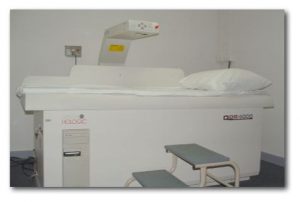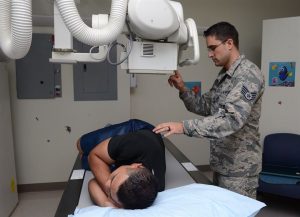Osteoporosis Management and Prevention: A Healthcare Worker’s Perspective

Every individual must work towards building and maintaining a healthy skeleton throughout life. However, it is also the responsibility of healthcare professionals, in particular primary care providers, to assist the general public in achieving this goal. Osteoporosis management and prevention is part of the overall goal of healthy bones. This can be accomplished by educating patients and promoting awareness about the key factors that influence bone health. In addition, health professionals can identify high-risk patients and initiate lifestyle and therapeutic interventions in a timely manner. This will help prevent bone loss, reduce the risk of fractures, and limit the damage caused by bone disorders.




